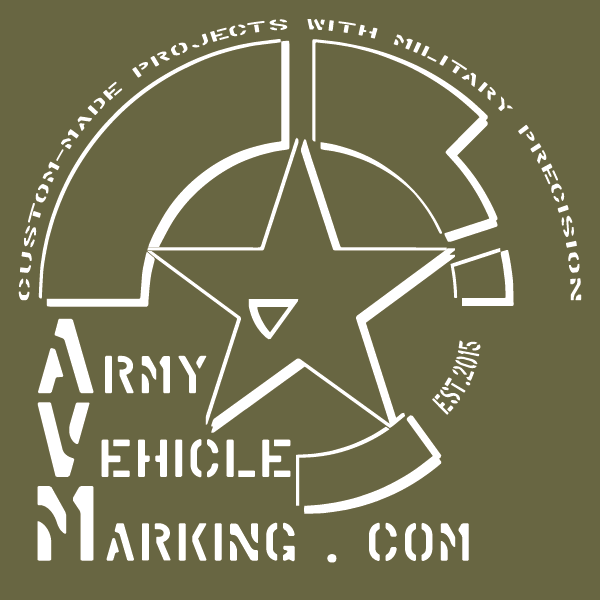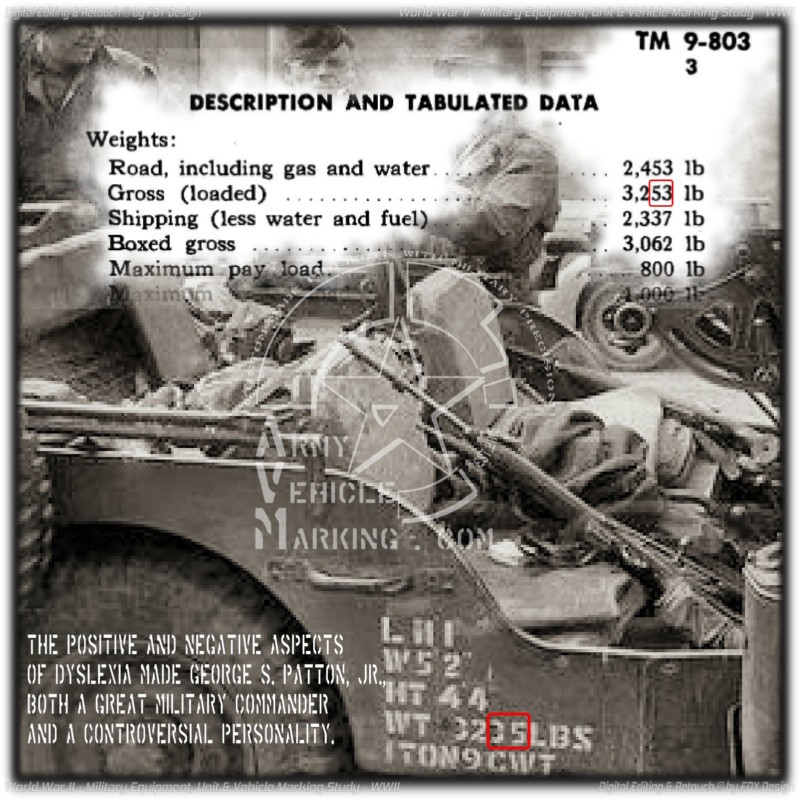Navigating Tons, LBS and CWT: WWII Shipping Weights Unraveled
World War II, a period marked by battles on distant fronts and strategic logistical challenges, introduced a unique set of weights and measures. The intricacies of shipping and transporting military vehicles often left soldiers and logistics personnel grappling with a system that seems arcane by today’s standards.
The Weighty World of Tons, LBS / Pounds ,CWT and Logistics
In the vast realm of weights and measures, simplicity found its place in the British Imperial Ton. Picture this: a bag of cement, solid and reliable, weighing exactly 112 pounds – that’s the essence of a Hundredweight (CWT). Now, let’s make things even more straightforward. Take that CWT and multiply it by 20, and voila! You’ve got the British Imperial Ton, a substantial weight totaling 2240 pounds.
This system wasn’t just a mathematical concept; it had a real impact during the tumultuous times of World War II. Back then, military vehicles carried the chalked presence of the old British ton, a crucial component etched on their surfaces. As they rolled out in preparation for D-Day, the shipping tables relied on this sturdy foundation, making the British Imperial System a cornerstone of logistical planning. So, whether you’re picturing a bag of cement or a military convoy, the weighty world of tons and logistics comes down to simple and practical measurements in the British Imperial System.
| Measurement | Value |
|---|---|
| 1 Imperial Ton | 2240 lbs / pounds |
| 1 Hundredweight (CWT) | 112 lbs / pounds |
| 1 Gross (12×12) | 144 units |
Metrication and the “One Tunny”
The transition to metrication introduced a measure eerily close to the old imperial ton. A metric tonne, pronounced “tun,” weighed 2200lb, a mere 40lb less than its imperial counterpart. This shift in measurement also led to the nickname “One tunny” for the post-war Land-Rover, signifying its 1 metric ton payload capacity.
| Metric Ton (tonne) | Imperial Ton | Hundredweights (CWT) | Pounds |
|---|---|---|---|
| 1 | 0.984 | 19.68 | 2204.6 |
| 0.5 | 0.492 | 9.84 | 1102.3 |
Truck Ratings: Bridging the Divide
The demobilization of trucks brought to light the disparity between US and British ratings. The 1929-32 Chevrolet Light Delivery, a 1/2 ton chassis in the US, was a 12 CWT chassis in Britain. Post-war, the confusion persisted as the British Army mistakenly ordered fleets of up-rated 15 CWT to 1 ton trucks, only to find them too small for the job.
Unraveling the Mystery of Tons
The term “ton” itself carries a rich history, originating from the tun, a cask of substantial capacity. The long ton and short ton, at 2240 and 2000 pounds respectively, found varied usage across the globe. The metric tonne, a standardized metric system unit, weighed approximately 2204.6 pounds.
| Long Ton (UK/GB) | Short Ton (US) | Metric Tonne | Pounds |
|---|---|---|---|
| 1 | 1.12 | 1.016 | 2240 |
| 0.5 | 0.56 | 0.508 | 1120 |
Sample Conversion Table: WWII Military Vehicles
To bring it all together, here’s a sample conversion table for selected WWII military vehicles, converting pounds to CWT, based on the traditional British Imperial system.
| Vehicle | Gross Weight (lbs / pounds) |
Gross Weight (CWT) |
|---|---|---|
| Dodge WC-63, 6×6 (w/winch) | 9,925 | 89 (or 4 TON 9 CWT) |
| Ford GPW, 4×4 Jeep | 3,650 | 32 (or 1 TON 12 CWT) |
| GMC CCKW-353 Cargo, 6×6 (w/winch) | 16,400 | 146 (or 7 TON 6 CWT) |
| Harley-Davidson WLA | 525 / 576 | 5 |
| Willys MB, 4×4 Jeep | 3,250 | 29 (or 1 TON 9 CWT) |
Sample Calculation: How Many Hundredweights (CWT) for Dodge WC-63 Gross Weight
Let’s break it down: If 1 CWT is 112 pounds, and the Dodge WC-63 has a gross weight of 9,925 pounds, we can find out how many CWT it is by dividing 9,925 by 112.
9,925 / 112 ≈ 88.48
Now, as we round up, the result is approximately 89 Hundredweights (CWT) for the gross weight of the Dodge WC-63.
In other words, considering that 20 CWT is equivalent to 1 British Imperial Ton: 4 TON 9 CWT.
Closing the WWII Logistics, a Weighty Legacy
Back in the day, when numbers played hopscotch between bases like 12, 16, 14, 4, 112, and 2240, military folks had more than just battlefield battles. Looking back at the history books, it’s crystal clear that today’s simple math is a cakewalk compared to the brain-bending challenges faced by wartime teachers and logistics wizards. The next time you load up your car with a ton of stuff, tip your hat to the WWII soldiers who juggled tons, CWT, and weight puzzles armed only with pencils and paper. It wasn’t a walk in the park, but their hard work paved the way for the smooth logistics we enjoy now.
Understanding these tales from the past not only unravels the mysteries of WWII military logistics but also gives us a sneak peek into how our everyday units of measure came to be. So, as we effortlessly swap between kilograms and pounds today, let’s take a moment to appreciate the resilience of those who tackled the weighty challenges of World War II.


